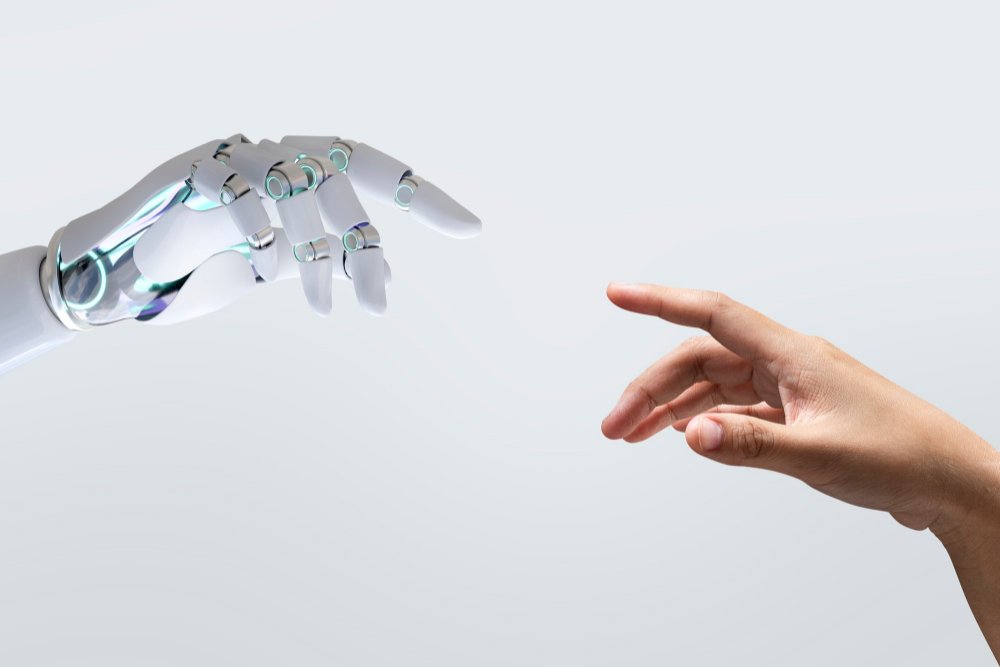Artificial intelligence and fashion are two topics that have long been misunderstood, but that is changing as people appreciate the ingenuity in both.
Many diverse artistic domains are currently using AI technology. When it comes to innovation and development for a greener future, fashion designers are increasingly turning to artificial intelligence.

Why is AI important in the fashion industry?
Our fashion needs are continually evolving in order to improve our society’s beauty standards. In reality, this data demonstrates that fashion is a large business with a significant influence on global budgets.
The most recent AI technologies, such as machine learning and computer vision, have become so engaged in our fashion that it now even recommends goods that match our style and preferences. Also, AI has made customers’ lives easier in a variety of ways, from recommendation systems to virtual assistants. As a result, AI is required in the fashion sector. Furthermore, utilizing AI in the fashion industry opens up a plethora of hitherto undiscovered options for fashion shops.
What are the advantages of artificial intelligence in the fashion retail industry?
Algorithms follow clients’ journeys and assist them in finding the perfect goods. It’s similar to Netflix’s machine learning approach, which predicts what you might enjoy based on your prior decisions.
Customer service: Chatbots or touch displays for real-time communication. Using AI in clothing industry, make robots assist consumers in finding things and answering simple queries.
Design and purchasing: AI analyzes trends and customer behaviour in design and purchasing. Designers and consumers will find this information quite valuable when establishing new collections, choosing colours and styles, and so forth.
Forecasting and planning demand: Planners will have more information to plan the correct quantity, at the right time, in the right location (e.g. Allocations, Clustering, etc).
Operations Automation: AI enables autonomous decision-making at all stages of the process, from observation to planning to decision-making. Grabit, for example, uses automated robotics and machine learning algorithms to give industrial help.
Inventory management in the supply chain includes real-time inventory tracking (for example, through RFID), warehouse management, and operational procurement.
Top ways AI has been used in the fashion sector
Sewing without a supervisor (sewbots)
Shopping habits of customers (matching shopping based on social media likes)
Chat attendants that are not supervised (virtual assistants and chat- robots)
Personal stylists who are both virtual and very comprehensive.
Sewing without supervisor (sewbots)
With the advent of artificial intelligence, advanced technology came in the form of sewbots: robots that can sew clothes without the assistance of a human or, in some cases, with the assistance of a human.
Many were sceptical of a machine’s ability to interact with the tricky nature of fabrics, which always rumpled and shrink, during the process of refining the idea of using sewbots, but that was in the past. Interestingly, several companies today are leading the revolution of AI in fashion and retail.
Consumer behaviour shopping
Nowadays, most fashion companies do not need to have conversations with their customers to know what they want to buy. With the vast amount of data available about their customers, companies can now influence what images need to be sent to a customer’s social media pages, which in turn influences the customer’s choice. All of this is made possible through data analytics.
Virtual chat attendants
Virtual chat attendants are one of the ways that fashion brands are elevating inventive ideas to new heights. These assistants’ job is to interact with customers, attending to their needs, informing them of new products and whatever other offerings the company has.
Virtual stylist
Artificial intelligence in the form of virtual stylists has been in the business of matching the right sport coat with the perfect pair of loafers or the best lipstick for that evening wear with a plunging neckline, just like any stylist would do, and even better because of the full range of consumer data available to the ‘program’, such as shoe size, favourite colour, bust size, and every form of statistical data.
This invention is especially beneficial to those who live in remote regions and can’t go to a stylist’s office, but still want to use the service: Talk about fashion that pushes the boundaries.
Conclusion
While artificial intelligence has shown to be beneficial in enhancing all parts of fashion commerce, the human factor will always be there. When they collaborate, they achieve increased productivity, improved consumer engagement, and increased revenues. This pattern implies that AI is evolving as an Augmented Intelligence rather than an Artificial Intelligence. Originally published at – Click
